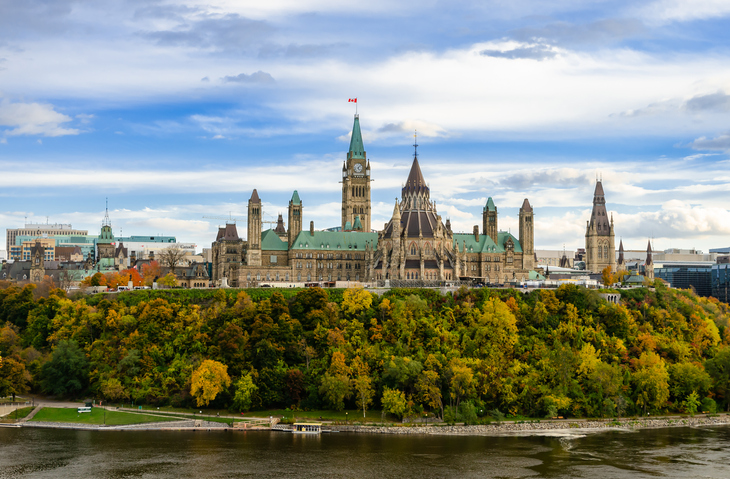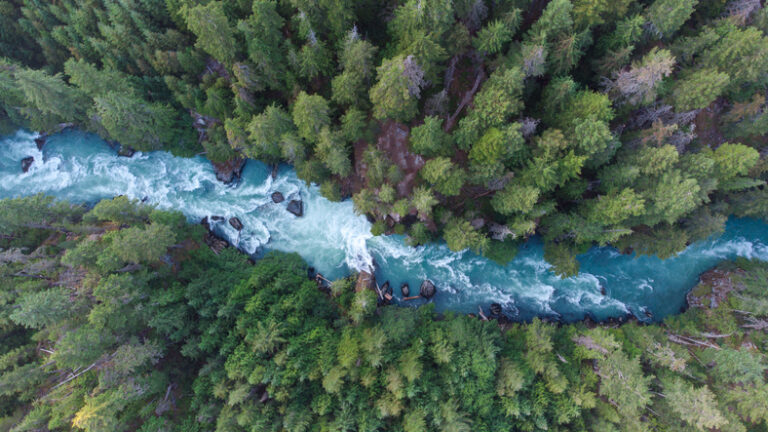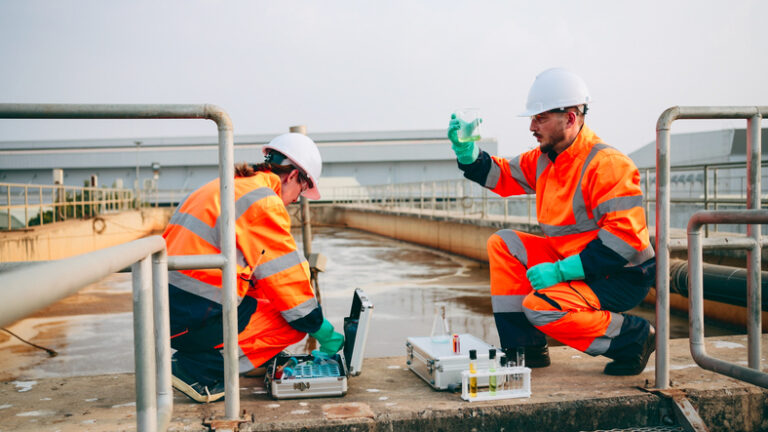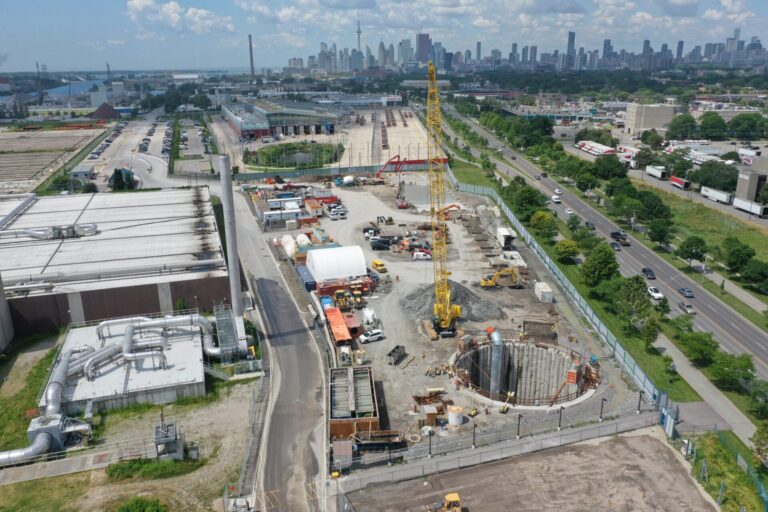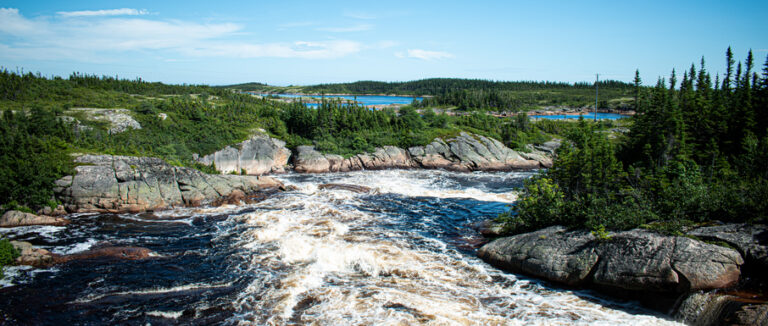While each province and territory adheres to federal policy, they also have their own unique safety legislation and regulations for their employees, including for those working in water and wastewater systems.
Provincial
British Columbia
West Coast water workers look to WorkSafeBC to enforce OH&S legislation in the province. Employers in water and wastewater treatment facilities must identify safety risks associated with toxic process gases and to implement controls to protect workers from these gases.
WorkSafeBC also features lone worker protection for those who work in circumstances where assistance wouldn’t readily be available. which is required due to the increased vulnerability of people working alone, whether due to emergency, injury, or ill health. Under sections 4.20.2 to 4.23, WorkSafeBC states the definition of lone work is “to work in circumstances where assistance would not be readily available to the worker such as those working alone at a treatment plant.
Alberta
Alberta’s Occupational Health and Safety enforces the provincial safety legislation and OHS Act. Of note, they require that it is an employer’s responsibility to “assess a work site and identify existing and potential hazards before work begins at the work site or prior to the construction of a new work site.” Further, it is also the employer’s responsibility to ensure that in the case of an excavation site an employee may be required to enter is kept free of water accumulation.
Saskatchewan
WorkSafe Saskatchewan administers their OH&S act which provides the right to know, find, and control workplace hazards, and right to refuse work, believed to be unusually dnagerous
The Saskatchewan Occupational Health and Safety Regulations provides guidance and additional information on provisions employers must know. Additionally, the Saskatchewan Employment Act, S-15.1 has further details when working in water plants such as section 3‑14 which says, “Every owner of any [water] plant used as a place of employment shall:
(a) ensure, insofar as is reasonably practicable, that any area of the plant or activity occurring in or on an area of the plant that is not in the direct and complete control of any contractor, employer or self-employed person who works or employs one or more workers who work in or on the plant:
(ii) does not endanger the health or safety of any contractor, employer, worker or self-employed person who works in or on the plant;
Manitoba
Also under the umbrella of their labour department, Manitoba has the Workplace Safety and Health Branch (WSH), enforcing the Workplace Safety and Health Act which requires employers to ensure the welfare of their staff and to provide information, instruction, training, supervision and facilities to ensure safety.
Ontario
Ontario’s Ministry of Labour, Training Skills and Development (MLTSD) regulates the province’s OH&S act which emphasizes the importance of the internal responsibility system. Also, under section 18, the act requires those working on water towers and similar structures to protect worker should they fall from a ladder.
Quebec
The Quebec Commission-Sante Travel (CNESST) is the safety body that enforces safety legislation water workers and other employees. The guiding legislation, An Act to modernize the occupational health and safety regime, was recently updated with Bill 59, which now requires teams of employees larger than 20 to implement a structured prevention program to mitigate any identified safety hazards as well as establish a health and safety committee. For teams smaller than 20, the employer must “establish an action plan to eliminate or reduce dangers to health, safety, and wellbeing, ” and appoint a health and safety liaison to facilitate communication between employees and employer.
New Brunswick
In New Brunswick, employers are mandated by WorkSafeNB to protect workers’ and employers’ rights under five pieces of safety legislation and regulations, which includes, the Workplace Health, Safety and Compensation Commission and Workers’ Compensation Appeals Tribunal Act, Workers’ Compensation Act, Occupational Health and Safety Act, and the Firefighters’ Compensation Act and Smoke-Free Places Act.
New Brunswick employers must provide a fall-protection system and approved personal flotation devices for those workers who is performing their job around a drowning safety hazard.
Newfoundland and Labrador
Workplace NL makes sure water workers in Newfoundland and Labrador are protected through its OH&S regulations and OH&S safety act. They also created Advancing a Strong Safety Culture in Newfoundland and Labrador: A Workplace Injury Prevention Strategy 2018-2022, a document that outlines how employers can prevent injuries and accidents by creating a strong safety culture within the organization.
In the regulations, rescue procedures must be developed “where the risk assessment required by subsection (1) shows a need for evacuation or rescue, appropriate written procedures shall be developed and implemented and a worker assigned to coordinate their implementation.” The OH&S regulations also state that fall protection must be provided when the worker is “3 metres or more above the nearest safe surface or water.”
Prince Edward Island
PEI’s Worker Compensation Board is funded by the island’s employers and promotes safety and healthy workplaces while providing support with compensation benefits and resources. Their safety legislation is primarily made up of two pieces: the Workers Compensation Act and the Occupational Health and Safety Act, and their regulations. One is around water and wastewater in which a number of permits, licenses and other considerations must be noted.
Part 39.1 states: “Where there is water at a worksite into which an employee might fall with risk of drowning, the employer shall provide the rescue equipment prescribed by section 39.2 ready for use.” Additionally, they add in part 39.4 (1) that for certain conditions, “an approved safety belt or life net shall be provided for the use of an employee employed on a bridge more than 15 000 mm (50 ft.) above water or land.”
Territorial
Northwest Territories and Nunavut
Workers’ Safety and Compensation Commission’s (WSCC) mission is “promote workplace health and safety while providing no fault insurance to employers and care for injured workers.” The WSCC is responsible for administering the Workers Compensation Acts, Safety Acts, Explosives Use Acts and the Mine Health and Safety Acts; their Governance Council policies provide guidance for the administration of the Acts.
For section (2), their OH&S regulations state: “An employer shall, as soon as is reasonably possible, correct an unsafe condition found in a plant and take reasonable steps, until the unsafe condition is corrected, to protect the health and safety of workers who could be endangered.



